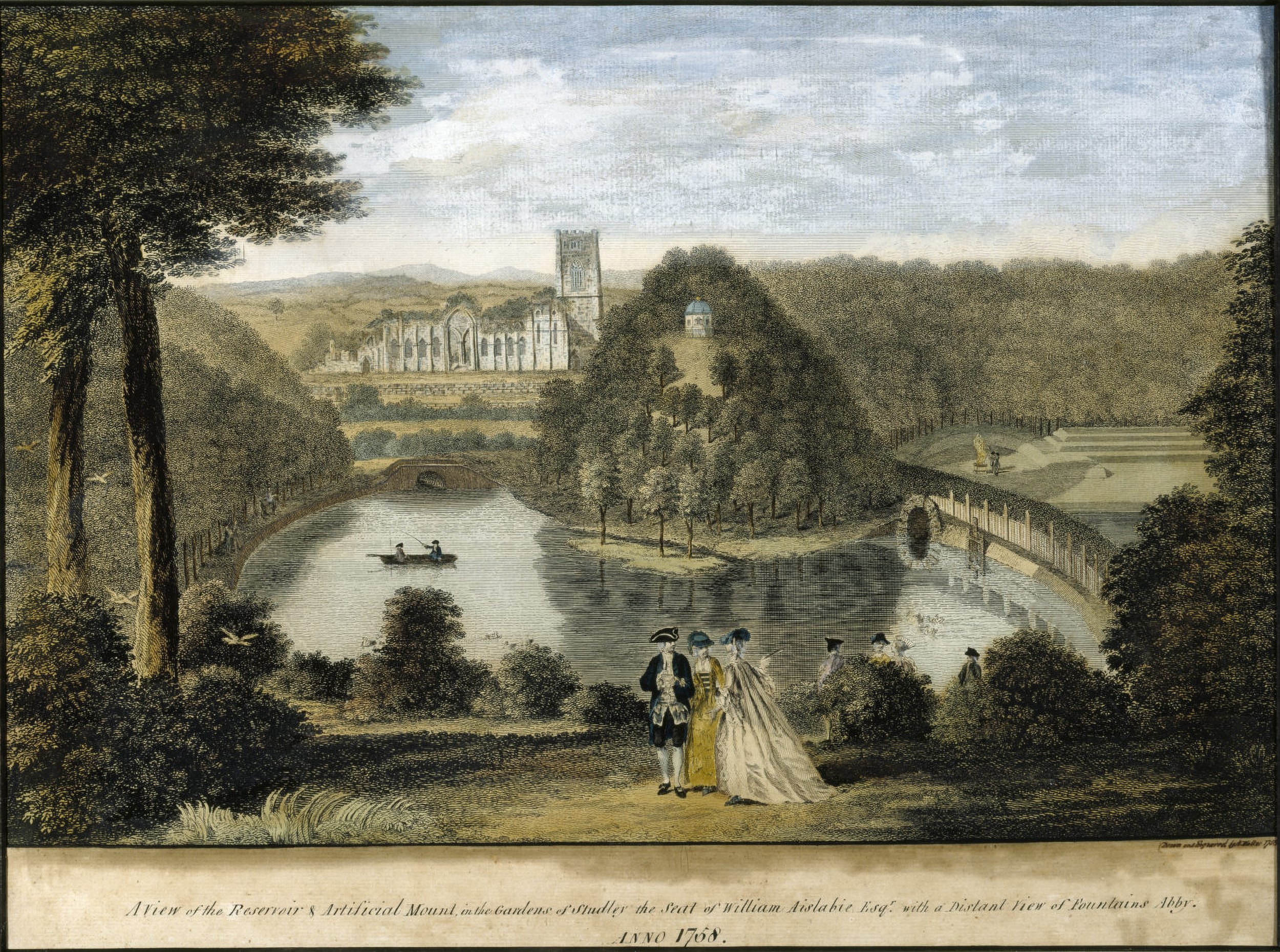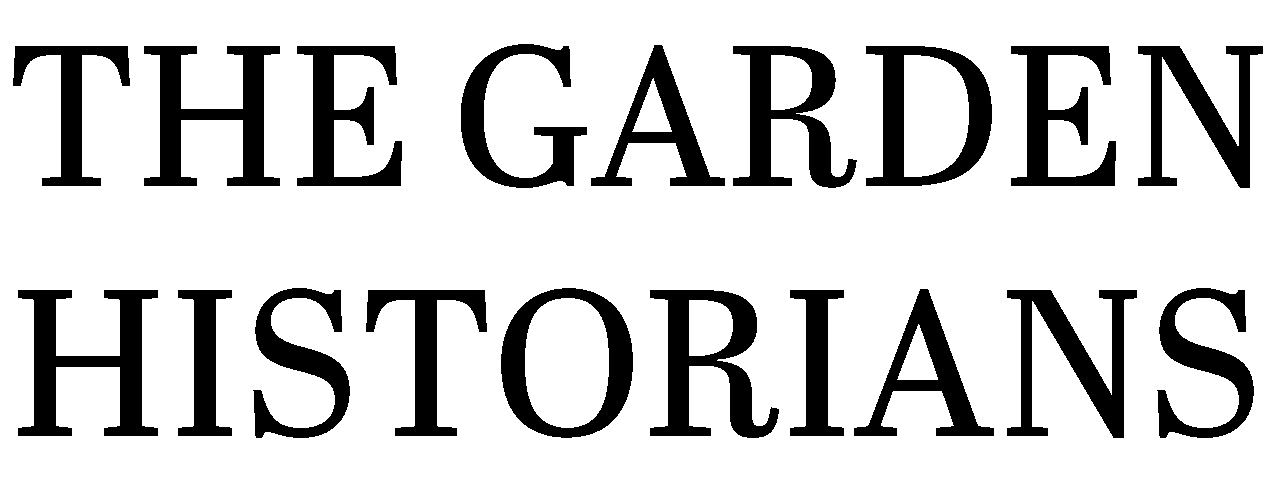
Early Georgian Gardens in England
The formal garden was still in fashion when George I took the throne of England, but its days were numbered. Fashion may move more slowly in landscape, but it began a most definite, if gradual change, slipping into a more relaxed ‘natural’ style. Accompanied by a literary and philosophical movement and the reading of classics like Virgil, Pliny, and Horace. From this, we start to see the incorporation of classical ideas and elements into the garden. Wrapped up too in the politics of the age, the shock of the South Sea Bubble (a financial crisis), which had profound effects on the wealth and fortunes of the aristocracy and the rising middle class. This economic upheaval impacted the acquisition and maintenance of country estates, and competition among the aristocrats and the nouveau riche for the most fashionable designers grew. Horticulture and science were making huge developments in the world and saw significant advancements which also contributed to the growth of more experimental and diverse garden designs. This new course will examine gardens in England from 1714 to 1750 and the art and artists that inspired and recorded them.
The Grand Tour – especially Italy
Forest gardens – Bramham Park (1700-1731), Cirencester Park (1715-1740), St Paul's Walden Bury (1720-1725).
Stephen Switzer - Ichnographia Rustica and the Ferme ornée
Hartwell House and Balthasar Nebot
1st Duke of Chandos and the magnificent Canons pleasure grounds
Studley Royal, the South Sea Bubble
The new Arcadia and the movement towards the idyllic
Charles Bridgeman, Lord Petre, William Kent, Alexander Pope
The botanical (and everything else) collectors and the Empire
Information
£250.00
10 WEEK ONLINE COURSE
Our online Zoom course will begin on Thursday 25th September 2025 from
6 pm-7.30 pm GMT.
All our Zoom courses are recorded and a link will be sent out with notes after each class.
Don’t forget to look out for an announcement soon for our short courses, which wil feature three lectures on specific Italian gardens.
The formal garden was still in fashion when George I took the throne of England, but its days were numbered. Fashion may move more slowly in landscape, but it began a most definite, if gradual change, slipping into a more relaxed ‘natural’ style. Accompanied by a literary and philosophical movement and the reading of classics like Virgil, Pliny, and Horace. From this, we start to see the incorporation of classical ideas and elements into the garden. Wrapped up too in the politics of the age, the shock of the South Sea Bubble (a financial crisis), which had profound effects on the wealth and fortunes of the aristocracy and the rising middle class. This economic upheaval impacted the acquisition and maintenance of country estates, and competition among the aristocrats and the nouveau riche for the most fashionable designers grew. Horticulture and science were making huge developments in the world and saw significant advancements which also contributed to the growth of more experimental and diverse garden designs. This new course will examine gardens in England from 1714 to 1750 and the art and artists that inspired and recorded them.
The Grand Tour – especially Italy
Forest gardens – Bramham Park (1700-1731), Cirencester Park (1715-1740), St Paul's Walden Bury (1720-1725).
Stephen Switzer - Ichnographia Rustica and the Ferme ornée
Hartwell House and Balthasar Nebot
1st Duke of Chandos and the magnificent Canons pleasure grounds
Studley Royal, the South Sea Bubble
The new Arcadia and the movement towards the idyllic
Charles Bridgeman, Lord Petre, William Kent, Alexander Pope
The botanical (and everything else) collectors and the Empire
Information
£250.00
10 WEEK ONLINE COURSE
Our online Zoom course will begin on Thursday 25th September 2025 from
6 pm-7.30 pm GMT.
All our Zoom courses are recorded and a link will be sent out with notes after each class.
Don’t forget to look out for an announcement soon for our short courses, which wil feature three lectures on specific Italian gardens.
